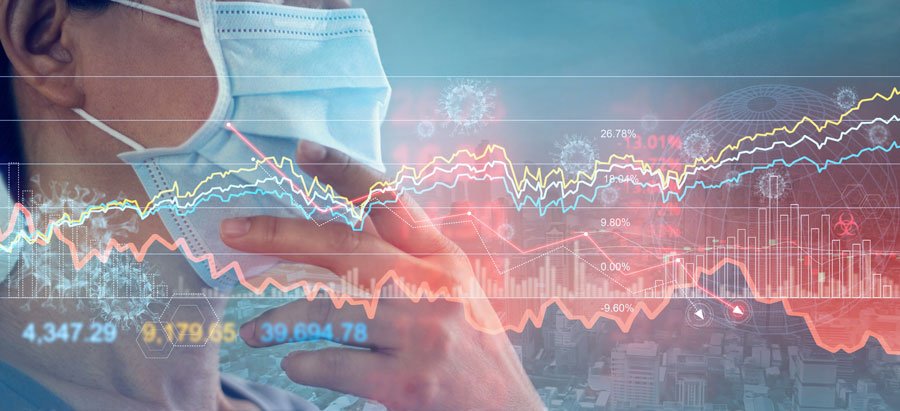Published May 19, 2020
There is no question that COVID-19 is evil. Interestingly, different professions have a different view on why it is evil. This is understandable but troubling when it begets different views on how to respond to this pandemic. The three different perspectives that are driving COVID-19 response tactics and plans are:
- Public health
- Economic
- Mental health
The public health perspective of COVID-19 has been in the headlines from the start of the pandemic. Currently, there are over 4.5 million cases and 300,000 deaths worldwide. In the United States, we have over 1.5 million cases and 90,000 deaths. The mystery of COVID-19 has also increased fear surrounding the virus. Its origins, highly contagious nature and the ease of spreading between people-including from a person with no symptoms-have all contributed to the fear of COVID-19. The global sicknesses and deaths, as well as the mystery of COVID-19, have resulted in a clear conclusion that, from a public health perspective, COVID-19 is evil.
The economic impacts of COVID-19 are unprecedented. In an eight-week period, over 37 million people in the United States have filed for unemployment. The Federal Reserve Board has said that the entire global economy is at risk. The global gross domestic product (GDP) will drop 6% and over 420 million people worldwide will fall into extreme poverty. The United Nations predicts that 130 million people in the world are threatened with starvation. So, just like the public health conclusion, it is clear that COVID-19 is evil from an economic perspective.
The third perspective on COVID-19 has received much less attention than the other two, but that does not mean that it is any less evil. The mental health view of the pandemic looks at the stay-at-home orders, non-essential business and school closures, level of uncertainty and subsequent isolation resulting from COVID-19. Forty-five percent of all Americans say the coronavirus pandemic has impacted their mental health. There has been a 34% jump in anti-anxiety medications, a 19% increase in antidepressant prescriptions and a sharp rise in calls to suicide hotlines. Thus, like the previous two views, COVID-19 is also evil from a mental health perspective.
So how do we strike a balance between these three views? First, we need to be aware of these three views and then we need to-independent of our own perspective-take a broad look at the pandemic and establish our response to this crisis of three evils by fully understanding that the:
- Public health ramifications are very important
- Economic effects are very important
- Mental health consequences are very important
No one perspective should define our response-all three must be built into our path to full recovery from COVID-19 and the restoration of our public health, economy and mental health.



